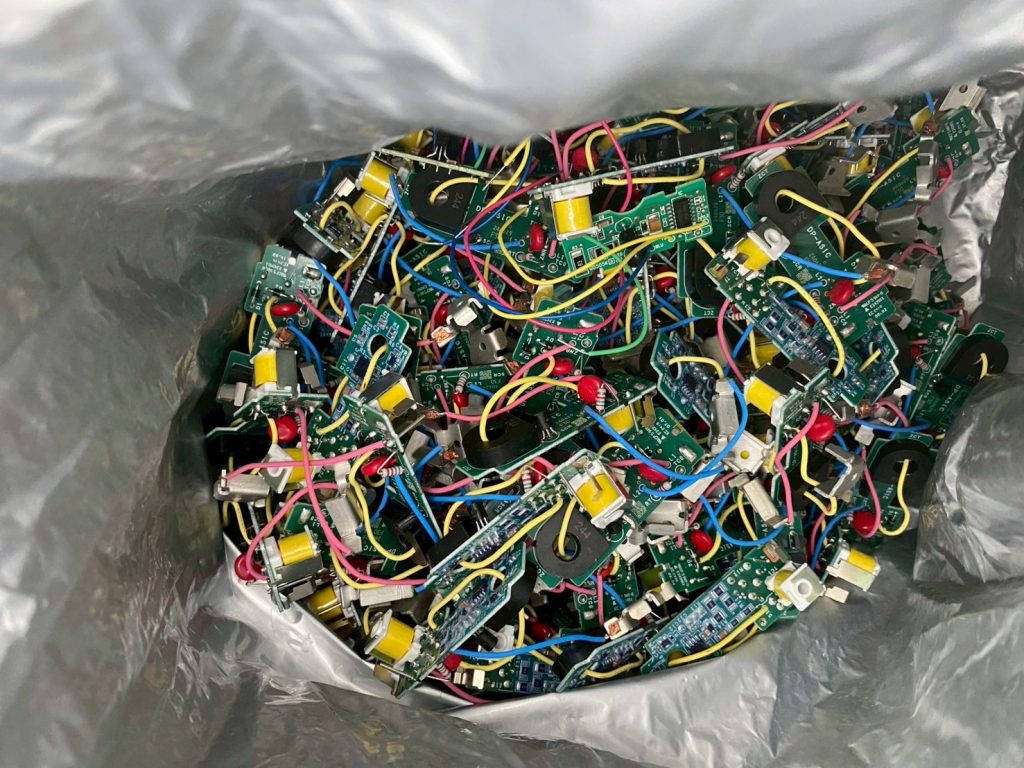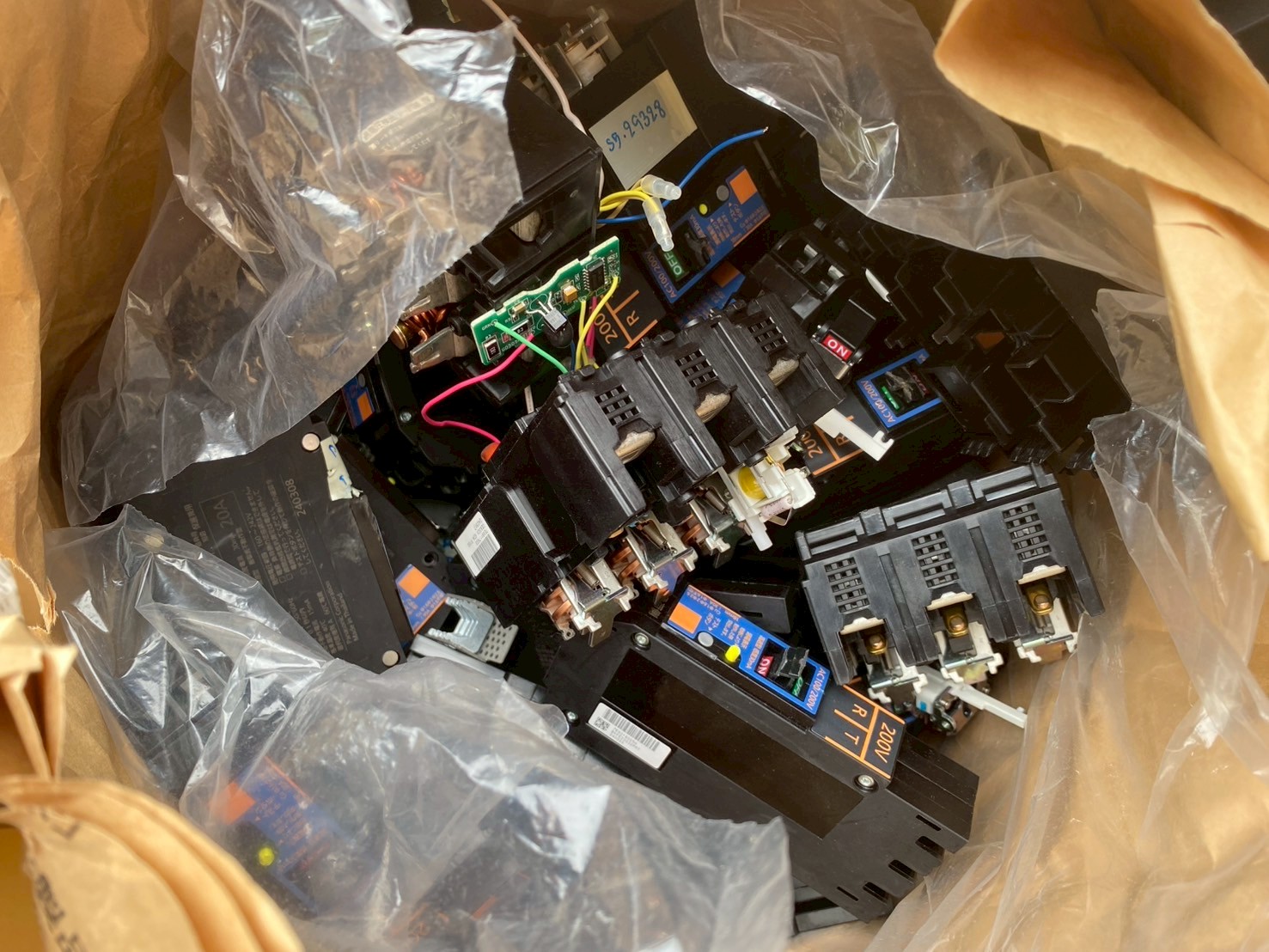Circuit breaker scrap is highly valuable due to its content of precious and base metals. The scrap can be categorized as follows:
1. Precious Metal-Bearing Components:
- Contacts / Contacts Assemblies: This is the most valuable part. The contacts are often made of silver or silver alloys (e.g., silver-cadmium oxide, silver-tin oxide) to ensure good conductivity and arc resistance. Some high-performance breakers may use tungsten or silver-tungsten composites.
- Bimetallic Strips: Used for thermal overload protection, these strips are typically made by bonding two metals with different thermal expansion rates. One side is often a high-conductivity metal like copper or silver-plated.
- Solders and Joints: High-reliability breakers may use silver-bearing solder on internal connections.
2. Base Metal Components:
- Copper Components: Current-carrying paths, terminals, coils (for magnetic trip mechanisms), and braids are primarily made of copper for its excellent electrical conductivity.
- Brass and Bronze Parts: Used for screws, nuts, springs, and structural components due to their good mechanical properties and corrosion resistance.
- Steel and Iron Parts: The outer casing, mounting frames, springs, and the magnetic core of the trip mechanism are typically made from various grades of steel.
3. Non-Metallic Components:
- Plastic Housings (Arc Chutes): Made from high-temperature, flame-retardant plastics (e.g., Polycarbonate, Nylon 6/6) designed to contain and extinguish the electrical arc.
- Other Plastics: Knobs, levers, and internal insulators.
- Electronic Boards (for Smart Breakers): Modern electronic circuit breakers (MCBs, MCCBs with trip units) contain printed circuit boards (PCBs) with integrated circuits, resistors, and capacitors.
4. Mixed/Composite Waste:
- This consists of the entire assembly before any dismantling or processing, containing a mix of all the above materials.


